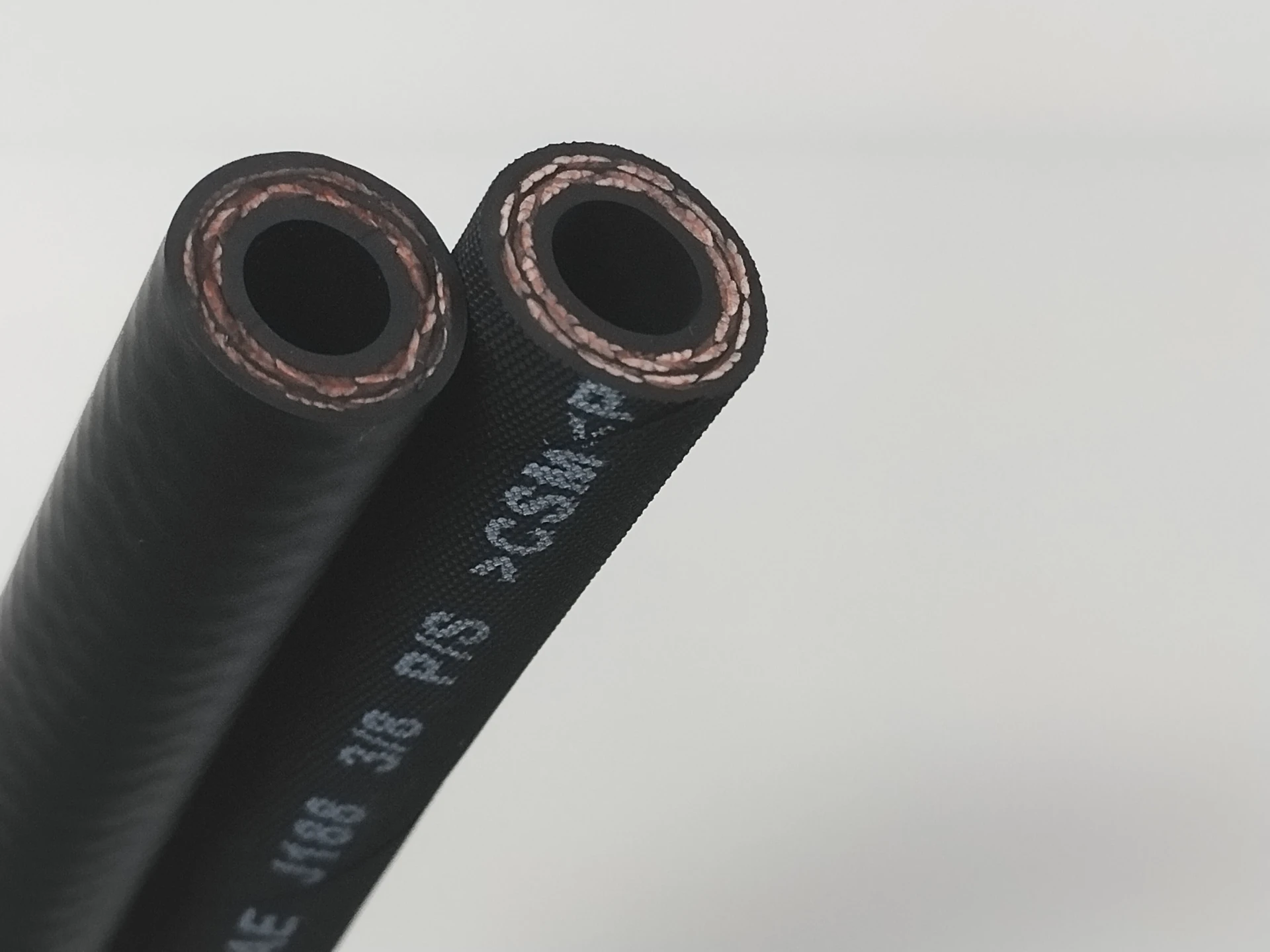air brake chamber hose
Dek . 14, 2024 12:41 Back to list
air brake chamber hose
The Importance of Air Brake Chamber Hoses in Heavy-Duty Vehicles
Air brake systems are critical components in the operation of heavy-duty vehicles, such as trucks and buses. They rely on compressed air to create the pressure needed to actuate the brakes, offering reliable stopping power necessary for transporting goods and passengers safely. Central to this system are air brake chamber hoses, which play a vital role in maintaining the integrity and efficiency of the air brake system. Understanding their function, maintenance, and impact on vehicle performance is essential for all stakeholders in the transportation industry.
What Are Air Brake Chamber Hoses?
Air brake chamber hoses are high-pressure hoses that connect various components of the air brake system, including the air compressor, reservoirs, and the brake chambers themselves. These hoses are designed to withstand the high pressure generated within the system, typically ranging from 60 to 120 PSI. Made from durable materials like rubber or reinforced thermoplastics, they are engineered to resist the detrimental effects of extreme temperatures, abrasion, and exposure to various automotive fluids.
Functions and Mechanism of Action
The primary function of air brake chamber hoses is to transport compressed air from the air compressor to the brake chambers, where it actuates the braking mechanism. When the driver presses the brake pedal, air is directed through these hoses into the brake chambers, causing a diaphragm within the chamber to move. This movement pushes the brake shoes against the brake drums, resulting in the vehicle slowing down or stopping.
The reliability of air brake chamber hoses is paramount. If there is a failure in these hoses, it can lead to a loss of air pressure, which will severely compromise the braking system's effectiveness. This can result in longer stopping distances and, in worst-case scenarios, catastrophic failures such as brake loss.
Signs of Wear and Tear
air brake chamber hose

Like all vehicle components, air brake chamber hoses will eventually wear out, necessitating regular inspections and maintenance. Common signs of deterioration include visible cracks, bulges, or abrasions on the hose surface. Any signs of leaks, such as hissing sounds or visible condensation, indicate that the hose may be compromised. Additionally, frequent loss of air pressure or brake responsiveness can be symptomatic of hose failure.
Fleet operators and vehicle maintenance personnel should prioritize regular checks of the air brake system, including hoses, during routine service intervals. Early detection of issues can prevent more severe failures and ensure the safety of the vehicle.
Best Practices for Maintenance
To extend the life of air brake chamber hoses, several best practices should be implemented
1. Regular Inspections Check hoses for signs of wear, leaks, or damage during routine vehicle inspections. 2. Proper Installation Ensure hoses are installed correctly, with no sharp bends or kinks that could lead to stress and premature failure. 3. Environment Awareness Keep hoses away from heat sources, chemicals, and mechanical components that could cause damage. 4. Replacement Schedule Follow manufacturer recommendations for replacement intervals, even if no visible damage is present.
Conclusion
Air brake chamber hoses are integral to the functionality of air brake systems in heavy-duty vehicles. Their role in transporting compressed air cannot be overstated, as any failure in this system can lead to serious consequences on the road. Regular maintenance, inspections, and adherence to best practices can prevent potential issues, ensuring safety and efficiency.
For fleet operators and vehicle owners, understanding the importance of air brake chamber hoses is not just about adhering to safety regulations; it’s about ensuring the reliability and longevity of their vehicles. Investing time and resources into maintaining these critical components is an investment in the overall performance and safety of heavy-duty vehicles.
